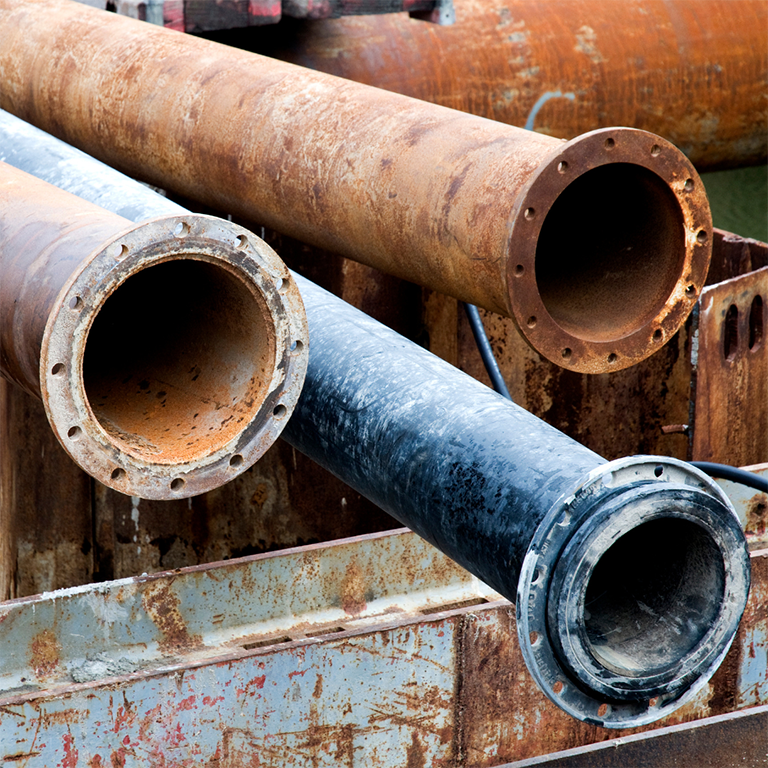Summary
Utilities use GIS mapping to help address both the challenge and cost of lead service line replacement. This post outlines a few of them, while also referencing recent regulations and available funding.
As municipalities and cities across the United States work to replace aging lead service lines (LSLs), utilities look for any way to ease the pain. Many are implementing several solutions to streamline the lead service line replacement process and minimize disruption to customers.
From analytics tools to digital mapping and reporting to keep residents informed, technology plays a key role in this process.
In this post, we’ll explore ways you can leverage technology, specifically GIS mapping, to assist with lead service line replacement.

First, understanding the regulatory and financial landscape is crucial for utilities embarking on lead service line replacement projects.
Lead is dangerous and can cause serious health problems once it enters our bodies. And with up to 10 million LSLs in the United States, the Environmental Protection Agency (EPA) has enacted policies, including its Lead and Copper Rule Revisions, to underscore the urgency of addressing lead in drinking water systems. The rule revisions establish a more proactive approach, compelling utilities to replace lead service lines at an accelerated pace.
In addition, the EPA released its proposed Lead and Copper Rule Improvements (LCRI) on November 30, 2023. The LCRI would add more requirements for water utilities, such as replacing 100% of lead service lines within 10 years, continually updating service line inventories, and increasing transparency and outreach.
Financially, the task is monumental, but federal support is available. The Infrastructure Investment and Jobs Act allocates substantial funds for water infrastructure improvements, with a significant portion earmarked for lead service line replacement. Utilities can tap into these funds to integrate advanced technologies like GIS mapping and data analytics into their replacement strategies.
Efficiently leveraging technology in compliance with regulatory guidelines and utilizing available funding can significantly streamline the replacement process. It ensures that utilities meet regulatory requirements while maximizing the impact of their efforts in safeguarding public health.
Thankfully, technology can assist you with lead service line replacement.
One such technology is GIS mapping. Utilities use GIS mapping to help address both the challenge and cost of replacing affected lines. Here are a few ways they’re making it happen:
- Identification: Utilities can use GIS mapping to identify the location of all potential LSLs. Overlaying the utility’s water system maps with available data on service line materials, construction dates, and more helps to provide all vital information in one interface. Essentially, GIS data can assist utilities with building an LSL inventory.
- Prioritization: Next, utilities can use GIS maps to prioritize replacement based on risk factors such as proximity to sensitive/at-risk populations and the likelihood of failure.
- Planning: GIS mapping can help utilities plan the most cost-effective and efficient routes for LSL replacement. Utilities can use traffic counts to track peak and low traffic volume and identify construction constraints to save money, optimize scheduling, and minimize disruption to customers.
- Monitoring: Throughout the process, utilities can use GIS mapping to monitor progress and ensure all LSLs are identified and replaced.
This is one of the reasons UPM customers leverage their ArcGIS maps with our software platform.
GIS mapping can be an incredible tool in your utility management toolbox when it comes to LSL replacement. By utilizing GIS to provide detailed information to help identify service line locations, prioritize their efforts, plan the best routes, and monitor progress, utilities make more informed decisions and ensure that their LSL replacement efforts are as effective and efficient as possible.
